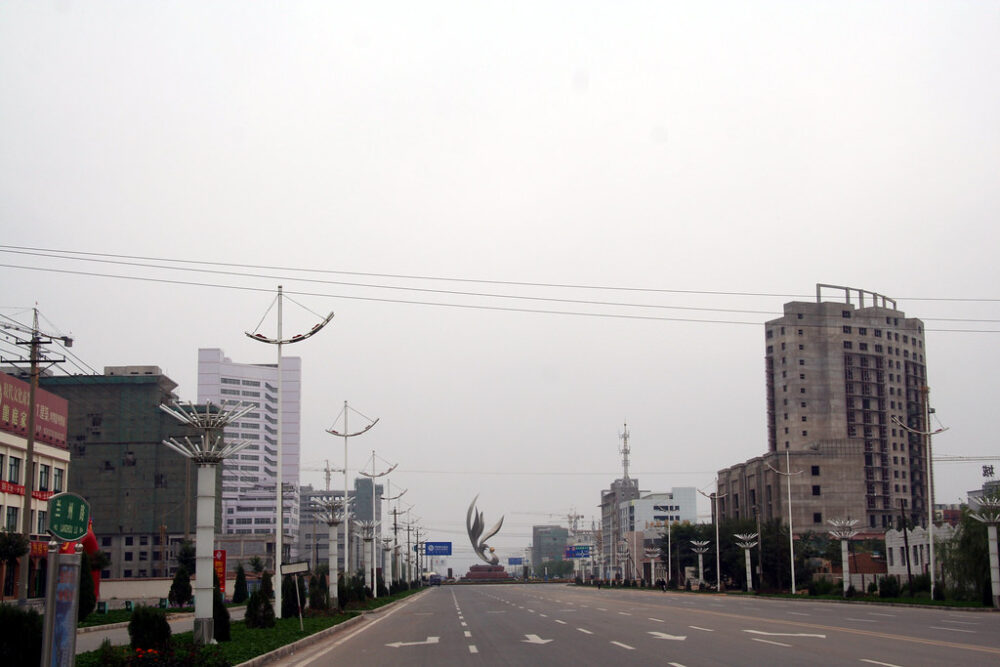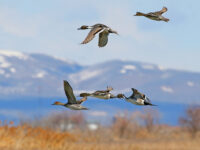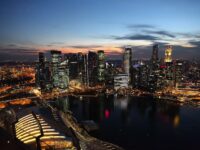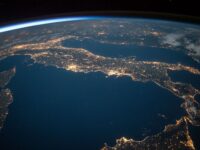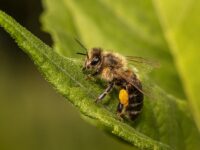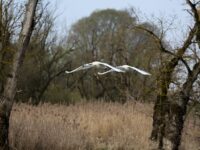While people tend to focus on COVID-19’s disruption to our daily routines, there was a separate world of consequences for wildlife. Animals have always had to adapt to the changing behaviors of human civilization by moving their habitats and adjusting their usage of resources like food, water, and shelter to maximize survival. The COVID-19 pandemic changed human behavior by forcing a stay-at-home culture, which reduced transportation and activity in many public spaces like schools, offices, retail spaces, and restaurants.
Less human travel resulted in lower levels of vehicle traffic, noise, and air pollution. Additionally, vehicle accidents involving animals were reduced, an often-overlooked aspect of decreased human travel. People had a lesser influence on the natural landscape and the results of human scarcity rippled into the animal kingdom, especially the bird world.
People had a lesser influence on the natural landscape and the results of human scarcity rippled into the animal kingdom, especially the bird world.
To analyze changes in bird populations and behavior, researchers have been using eBird, a website where anyone can report bird observations to a large database representing bird abundance and diversity. Data gathered in 2020 from March to July showed that the populations of 80% of major bird species in North America and the United Kingdom increased. This result highlights how the pandemic was beneficial for bird communities; however, not all bird species experienced the same success. Effects varied widely based on each species’ habitat and resource needs. This demonstrates the delicate balance of ecological systems — environmental changes can shake up communities and cause varied responses based on species’ unique niches.
Data gathered in 2020 from March to July showed that the populations of 80% of major bird species in North America and the United Kingdom increased.
Decreased human automotive activity resulted in more available safe space for birds. This is evidenced by the fact that urban areas were more frequently used as stopover sites for birds to rest during migration. The early months of the pandemic coincided with the spring migration season, and decreased traffic and noise in cities made them attractive spots for traveling birds. Avian populations generally grew near formerly busy roads and airports during peak COVID-19 years.
In addition to population increases, some species demonstrated altered birdsongs. When traffic is present at its usual levels, noise pollution is high and there is an abundance of low-frequency sounds from vehicles. This causes birds to sing at higher frequencies so they can be heard in this cluttered soundscape. However, during COVID-19, traffic and noise pollution lowered to levels last seen around 1950. A study by Elizabeth Derryberry and a team of researchers at the University of Tennessee showed that white-crowned sparrows in the Bay Area responded by singing more softly (at lower frequencies) since they no longer had to compete with vehicle noise. Communication distance doubled, meaning birds could reduce territorial conflict by spreading out, but male birds could still have high mating potential since their songs could be heard by more females.
Bird activity was also altered in public parks as a result of people spending more time outdoors. Birds that typically live in these public spaces grew in population size, largely since more human-sourced food was available. Long term, some species decreased in population, presumably due to human disturbances in their habitats. Bird activity in backyards and gardens decreased since humans were more present to maintain their outdoor spaces, which presented a disturbance to birds seeking to nibble on homegrown produce.
Some pandemic results that we generally view as positive, including decreased noise pollution and less roadkill, ended up producing unexpected negative results for bird communities. Some species were actually harmed by the decrease in noise since anthropogenic noise can lower competition among species and reduce predation rates by displacing certain species that are less able to adapt. Additionally, the reduction of vehicle accidents involving wildlife intuitively seems like a good result for animals; however, it actually limited food availability for scavenger species like crows that consume decaying flesh.
While the pandemic certainly had devastating impacts on human economic and social systems that should not be overlooked, vital information about bird behavior in the face of anthropogenic change was collected. Researchers were able to pinpoint specific effects of human patterns on wildlife communities and analyze how different bird species responded. These responses included shifts in population size and changes in bird diet and behavior, including song patterns. Hopefully, this sneak peek of a society with reduced pollution inspires some long-term compromises that allow humans to continue enjoying their daily lives while still allowing wildlife to thrive.
Image courtesy of Flickr
